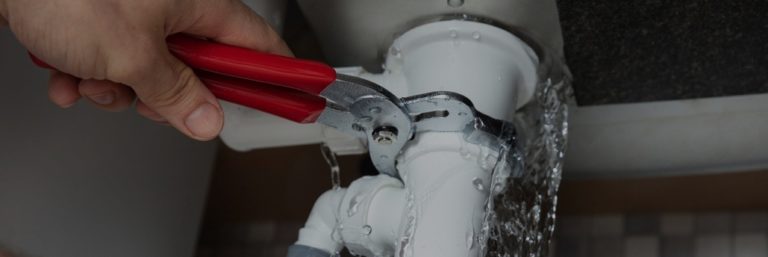Just how to Examine If Your House Has a Covert Leak
Just how to Examine If Your House Has a Covert Leak
Blog Article
What are your insights and beliefs about Hacks to detect leaks?

Early discovery of leaking water lines can alleviate a potential catastrophe. Apart from conserving you cash, it will decrease the irritation and frustration. The moment you discover a leakage, calling your plumber for repair services is the very best service. Nonetheless, some tiny water leaks might not be visible. Below are some hacks that help if you can not spot it with your nude eyes.
1. Check Out the Water Meter
Every house has a water meter. Checking it is a proven manner in which helps you find leakages. For starters, shut off all the water resources. Ensure no one will certainly flush, utilize the tap, shower, run the washing maker or dishwasher. From there, go to the meter and watch if it will alter. Considering that nobody is utilizing it, there need to be no motions. If it moves, that suggests a fast-moving leak. If you discover no modifications, wait an hour or 2 as well as examine back once again. This suggests you may have a sluggish leak that can even be underground.
2. Examine Water Intake
If you detect unexpected modifications, despite your intake being the exact same, it implies that you have leakages in your plumbing system. A sudden spike in your bill indicates a fast-moving leakage.
On the other hand, a steady boost every month, even with the same practices, reveals you have a slow leakage that's also gradually intensifying. Call a plumber to extensively examine your residential or commercial property, specifically if you really feel a warm location on your flooring with piping underneath.
3. Do a Food Coloring Examination
When it concerns water intake, 30% comes from bathrooms. Test to see if they are running appropriately. Decrease specks of food shade in the container and also wait 10 minutes. If the color somehow infiltrates your bowl during that time without flushing, there's a leakage between the storage tank and bowl.
4. Asses Outside Lines
Don't forget to check your outdoor water lines too. Ought to water seep out of the connection, you have a loosened rubber gasket. One tiny leak can waste loads of water and spike your water bill.
5. Check as well as Analyze the Scenario
Homeowners ought to make it a behavior to inspect under the sink counters and even inside cupboards for any kind of bad odor or mold and mildew development. These two red flags suggest a leak so prompt attention is required. Doing routine inspections, also bi-annually, can conserve you from a significant problem.
Examine for stainings as well as compromising as many pipelines as well as appliances have a life expectancy. If you suspect dripping water lines in your plumbing system, don't wait for it to escalate.
Early discovery of leaking water lines can mitigate a prospective disaster. Some tiny water leakages may not be noticeable. Examining it is a guaranteed way that assists you discover leaks. One little leakage can waste bunches of water as well as increase your water costs.
If you believe dripping water lines in your plumbing system, don't wait for it to intensify.
WARNING SIGNS OF WATER LEAKAGE BEHIND THE WALL
PERSISTENT MUSTY ODORS
As water slowly drips from a leaky pipe inside the wall, flooring and sheetrock stay damp and develop an odor similar to wet cardboard. It generates a musty smell that can help you find hidden leaks.
MOLD IN UNUSUAL AREAS
Mold usually grows in wet areas like kitchens, baths and laundry rooms. If you spot the stuff on walls or baseboards in other rooms of the house, it’s a good indicator of undetected water leaks.
STAINS THAT GROW
When mold thrives around a leaky pipe, it sometimes takes hold on the inside surface of the affected wall. A growing stain on otherwise clean sheetrock is often your sign of a hidden plumbing problem.
PEELING OR BUBBLING WALLPAPER / PAINT
This clue is easy to miss in rooms that don’t get much use. When you see wallpaper separating along seams or paint bubbling or flaking off the wall, blame sheetrock that stays wet because of an undetected leak.
BUCKLED CEILINGS AND STAINED FLOORS
If ceilings or floors in bathrooms, kitchens or laundry areas develop structural problems, don’t rule out constant damp inside the walls. Wet sheetrock can affect adjacent framing, flooring and ceilings.
https://www.servicemasterbyzaba.com/blog/how-to-detect-water-leakage-in-walls/

Hopefully you liked our piece about Leaking water lines. Many thanks for taking the time to read through our article post. Sharing is nice. Helping people is fun. We treasure reading our article about Detecting hidden plumbing leaks.
Report this page